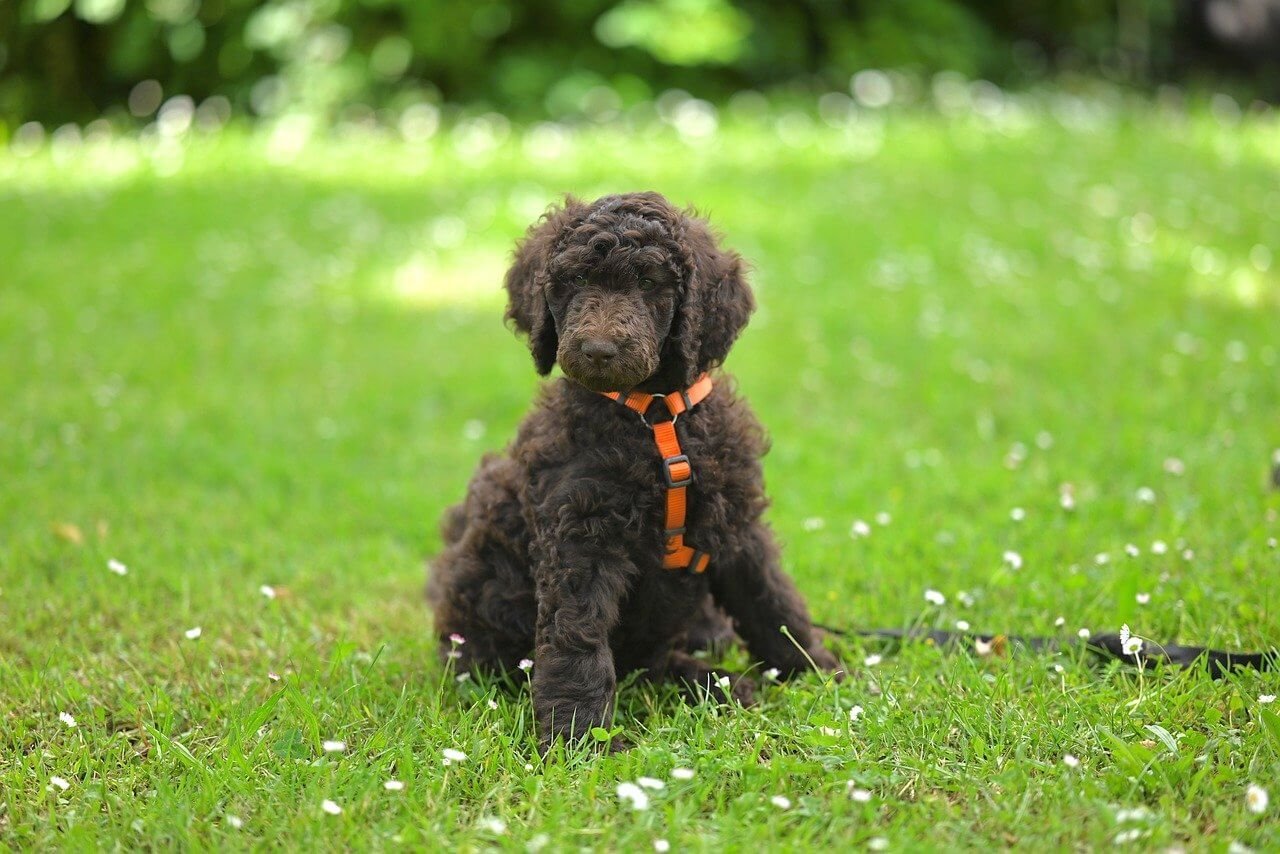What to Avoid in Dog Treats: Keeping Your Pup Safe and Healthy
Dog treats are a wonderful way to reward your furry friend, reinforce good behavior, or simply show them some love. However, not all treats are created equal, and some can pose serious health risks to your dog. With so many options on the market—and even more homemade recipes floating around—it’s important to know what to avoid in dog treats to ensure they’re safe and nutritious. From harmful ingredients to inappropriate portion sizes, understanding these pitfalls will help you make informed choices for your pup.
In this blog post, we’ll explore the key things to watch out for, share tips for selecting healthy treats, and provide guidance on how to keep your dog happy and healthy while indulging in their favorite snacks.
Harmful Ingredients to Avoid in Dog Treats
When choosing or making dog treats, it’s crucial to steer clear of certain ingredients that can be toxic or harmful to your pet. Even small amounts of these substances can lead to serious health issues. Here are some common culprits to avoid at all costs:
Chocolate, which contains theobromine and caffeine toxic to dogs
Xylitol, an artificial sweetener linked to rapid insulin release and liver failure
Grapes and raisins, known to cause kidney failure in dogs
Onions and garlic, which can damage red blood cells and lead to anemia
Alcohol, including trace amounts found in some baked goods
By avoiding these dangerous ingredients, you can protect your dog from potential poisoning or long-term health problems. Always double-check labels or recipes before offering any treat to your pup.
Common Mistakes When Choosing Dog Treats
Even well-meaning pet owners can make mistakes when selecting dog treats. These errors may seem minor but can have significant consequences for your dog’s health. Here are some common pitfalls to avoid:
Overlooking the ingredient list for hidden harmful additives
Feeding human snacks like chips or cookies without considering their impact
Ignoring portion sizes and overfeeding, leading to weight gain
Choosing treats with excessive salt or sugar content
Assuming all “natural” or “organic” labels mean the product is safe
Being mindful of these mistakes ensures you select treats that align with your dog’s dietary needs and overall health. A little extra attention goes a long way in keeping your pup thriving.
Check this guide 👉Homemade Chicken Dog Treats Recipe: Best 7 Health Tips!
Check this guide 👉Homemade Dog Treats Without Flour or Oats: Best 7 Tips!
Check this guide 👉Frozen Pumpkin Dog Treats: Best 7 Expert Tips!

Safe Ingredients for Dog Treats | Ingredients to Avoid in Dog Treats |
|---|---|
Plain peanut butter (xylitol-free) | Chocolate |
Pumpkin puree (unsweetened) | Artificial sweeteners like xylitol |
Lean cooked chicken | Onions and garlic |
Blueberries | Grapes and raisins |
Carrots | Alcohol |
Signs Your Dog Ate Something Harmful in a Treat
If your dog accidentally consumes a treat containing harmful ingredients, recognizing the symptoms early can save their life. Quick action is essential in such situations. Here are signs to watch for:
Vomiting or diarrhea shortly after eating
Lethargy or weakness indicating possible poisoning
Excessive drooling or pawing at the mouth
Difficulty breathing or rapid panting
Seizures or loss of coordination
If you notice any of these signs, contact your veterinarian immediately. Prevention is always better than cure, so being vigilant about what’s in your dog’s treats can prevent emergencies.
Tips for Making Homemade Dog Treats Safely
Making homemade dog treats can be a fun and rewarding way to control exactly what your pup eats. However, it’s important to follow safety guidelines to avoid accidental harm. Here are some tips for creating safe and healthy homemade treats:
Use dog-safe ingredients like oats, bananas, or plain yogurt
Avoid adding salt, sugar, or spices to the recipe
Double-check every ingredient for potential toxicity
Store treats properly to prevent spoilage or contamination
Consult your vet before introducing new homemade snacks
By following these tips, you can create delicious and nutritious treats that your dog will love without compromising their health. Homemade snacks are a great way to bond with your pup while ensuring their safety.
Benefits of Choosing High-Quality Dog Treats
Investing in high-quality dog treats can make a significant difference in your pet’s health and happiness. These treats are often made with wholesome ingredients and designed to support your dog’s overall well-being. Here are some benefits of opting for premium treats:
Contain natural, nutrient-rich ingredients that promote better digestion
Free from artificial preservatives, colors, and flavors
Often fortified with vitamins and minerals for added health benefits
Designed for specific needs, such as dental health or joint support
Come in appropriate portion sizes to prevent overfeeding
By choosing high-quality treats, you’re not only rewarding your dog but also contributing to their long-term health. Quality matters when it comes to keeping your pup happy and thriving.
How to Transition to Healthier Treats
If you’re looking to switch your dog to healthier treats, doing so gradually can help them adjust without causing digestive upset. A smooth transition ensures your dog enjoys the new snacks while maintaining their well-being. Here are some steps to guide you through the process:
Start by mixing a small piece of the new treat with their current favorite
Gradually increase the proportion of the new treat over several days
Observe your dog’s reaction for signs of allergies or intolerance
Keep a close eye on their stool consistency during the transition
Reward them with praise to create a positive association
Transitioning thoughtfully helps your dog adapt to healthier options without stress. Patience and observation are key to making this change successfully.
Fun Ways to Use Dog Treats for Training
Dog treats are not just for snacking—they’re also a powerful tool for training and bonding with your pup. Using treats effectively can enhance your dog’s learning experience while strengthening your relationship. Here are some creative ways to incorporate treats into training sessions:
Use bite-sized treats to keep rewards quick and efficient
Pair treats with verbal praise to reinforce positive behavior
Hide treats around the house for a fun scavenger hunt game
Practice obedience commands like “sit” or “stay” with treats as incentives
Reward calm behavior during stressful situations, like vet visits
Using treats strategically not only makes training more enjoyable for your dog but also builds trust and cooperation. With a little creativity, treats can become a valuable tool in your training toolkit.
FAQ
Can I give my dog store-bought treats?
Yes, but always check the ingredient list for harmful additives like xylitol or artificial flavors.
Are rawhide chews safe for dogs?
Rawhide can pose choking hazards or digestive blockages, so it’s best to supervise or choose safer alternatives.
How do I know if a treat is too high in calories?
Check the nutritional label and ensure treats make up no more than 10% of your dog’s daily calorie intake.
Can I feed my dog fruits as treats?
Yes, but only dog-safe fruits like apples (without seeds), blueberries, or bananas. Avoid grapes and raisins.
What should I do if my dog eats something toxic?
Contact your veterinarian or an animal poison control hotline immediately for advice.
Conclusion: Prioritizing Safety in Every Treat
Choosing the right dog treats is about more than just satisfying your pup’s cravings—it’s about prioritizing their health and well-being. By knowing what to avoid in dog treats, you can prevent accidents, reduce the risk of illness, and ensure your dog enjoys their snacks safely. Whether you opt for store-bought options or homemade creations, always focus on quality, simplicity, and safety. Remember, treats are meant to enhance your dog’s life, not compromise it. With careful consideration and a little research, you can reward your furry friend with confidence, knowing you’ve made the best choice for their happiness and longevity.
Canned Pumpkin for Cat Diarrhea: Best 7 Expert Tips! Natural remedy to firm stools, soothe upset bellies, and support gut health safely.
Can a Cat Give You Scabies? Best 7 Expert Tips! Discover the truth about feline mites, human skin risks, and how to protect yourself—without panic.
Cat Flea vs Human Flea: Best 7 Expert Tips! Discover the truth about bites, species, and how to eliminate infestations for good.
Weird Cat Behaviors: Best 7 Expert Tips! Discover why cats do strange things—and how to understand, not punish, their instincts for a happier home.





